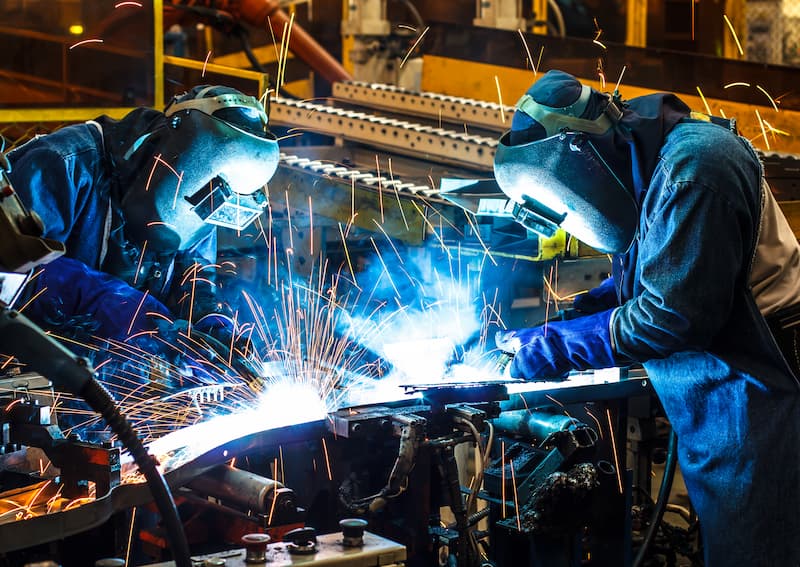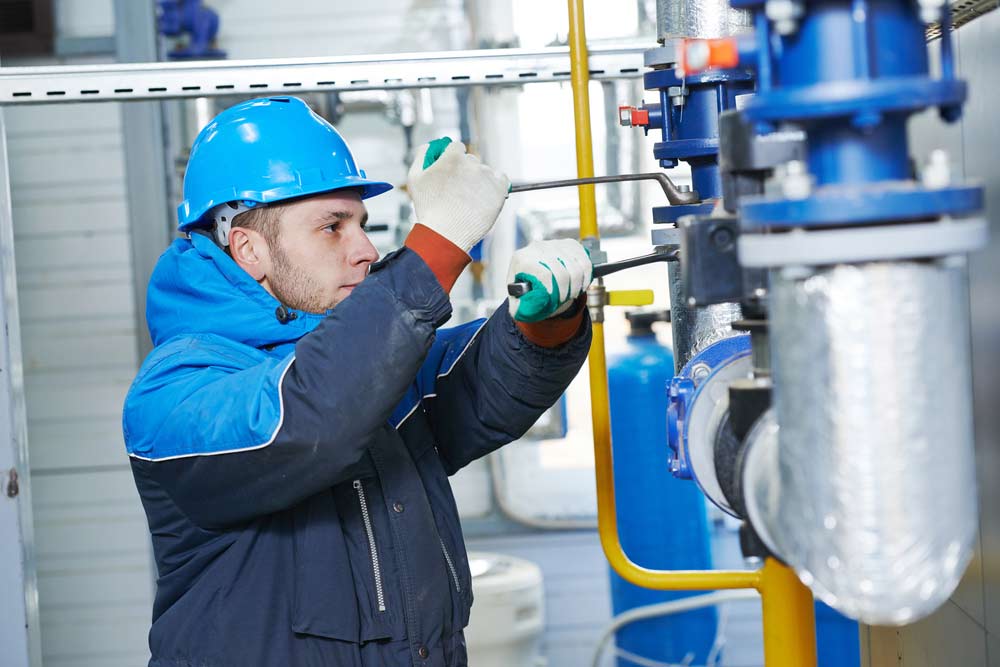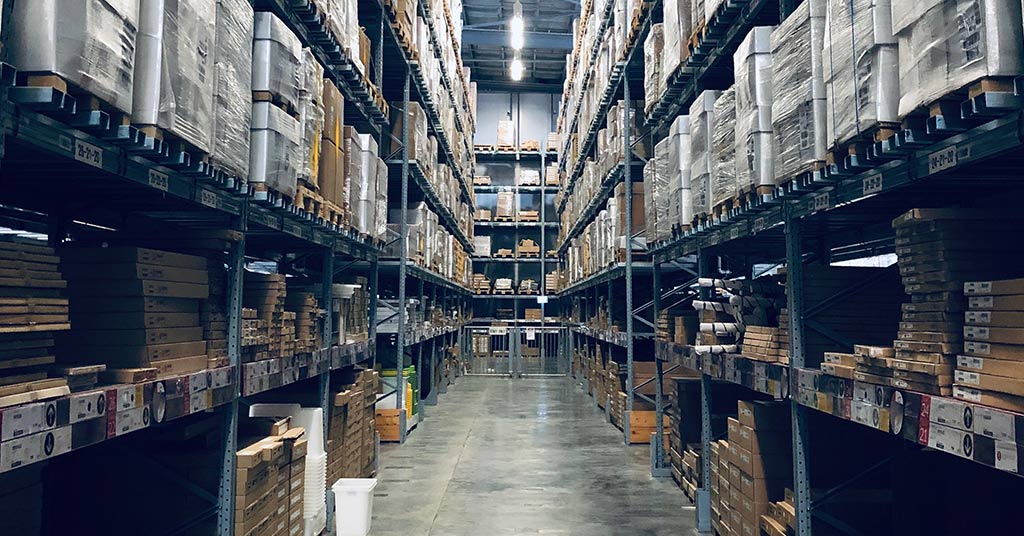Welding, the process of joining materials using heat and pressure, plays a pivotal role in numerous industries, from construction to automotive manufacturing. While welding is a widely recognized and essential technique, there are many misconceptions and myths about the industry. There are many materials needed to even start a welding project. For example, a welder (hobart welder), safety equipment, and accessories to the welder are all needed. In this article, you will learn about the world of welding- separating fact from fiction and turning valuable skills into a work of art.
The Myth of Simplicity
One common misconception about welding is that it is a simple and straightforward process. In reality, welding is a highly skilled craft that demands knowledge, precision, and expertise. Welders must be well-versed in various welding techniques, understand different materials and their properties, and adhere to strict safety protocols. From shielded metal arc welding (SMAW) to gas metal arc welding (GMAW), each technique requires specialized training and experience to achieve optimal results.
Safety First
Welding involves intense heat, toxic fumes, and potentially hazardous materials, making safety a paramount concern. Welders are often portrayed as wearing protective gear solely for dramatic effect. However, in reality, the protective gear worn by welders, including helmets, gloves, and fire-resistant clothing, is indispensable. These safety measures safeguard against burns, eye damage from intense light, and exposure to harmful fumes. Welders are also required to work in well-ventilated areas or use ventilation systems to minimize health risks.
The Metallurgical Marvel
Welding is not just about joining two pieces of metal; it is a metallurgical marvel. Welders must understand the properties of different metals and alloys to ensure proper fusion and structural integrity. Factors such as heat input, cooling rates, and filler materials influence the strength and durability of the weld. Moreover, welders employ non-destructive testing methods such as X-rays and ultrasonic inspections to detect any potential flaws or defects in the weld, ensuring its quality and longevity.
Versatility in Applications
Contrary to popular belief, welding is not limited to heavy industrial applications. It finds its application in diverse industries, including construction, aerospace, automotive, and even art. Welding is essential for building structures, fabricating components, repairing machinery, and creating intricate sculptures. From constructing bridges to assembling an aircraft, welding plays a pivotal role in shaping our modern world.
Embracing Automation
Automation and robotics have made significant inroads into the welding industry, revolutionizing the field. While automation has streamlined certain welding processes, human expertise remains vital. Skilled welders are needed to program, operate, and maintain robotic welding systems, ensuring precision and quality control. The collaboration between humans and machines has elevated welding to new heights of efficiency and precision.
Welding is far from a simple task. It is a complex and essential craft that underpins numerous industries. It requires expertise, adherence to safety protocols, and a deep understanding of metallurgy. By dispelling common myths and misconceptions, we gain a deeper appreciation for the artistry and technical prowess involved in welding. Whether constructing skyscrapers or fabricating intricate sculptures, welders play a vital role in shaping the world around us.











